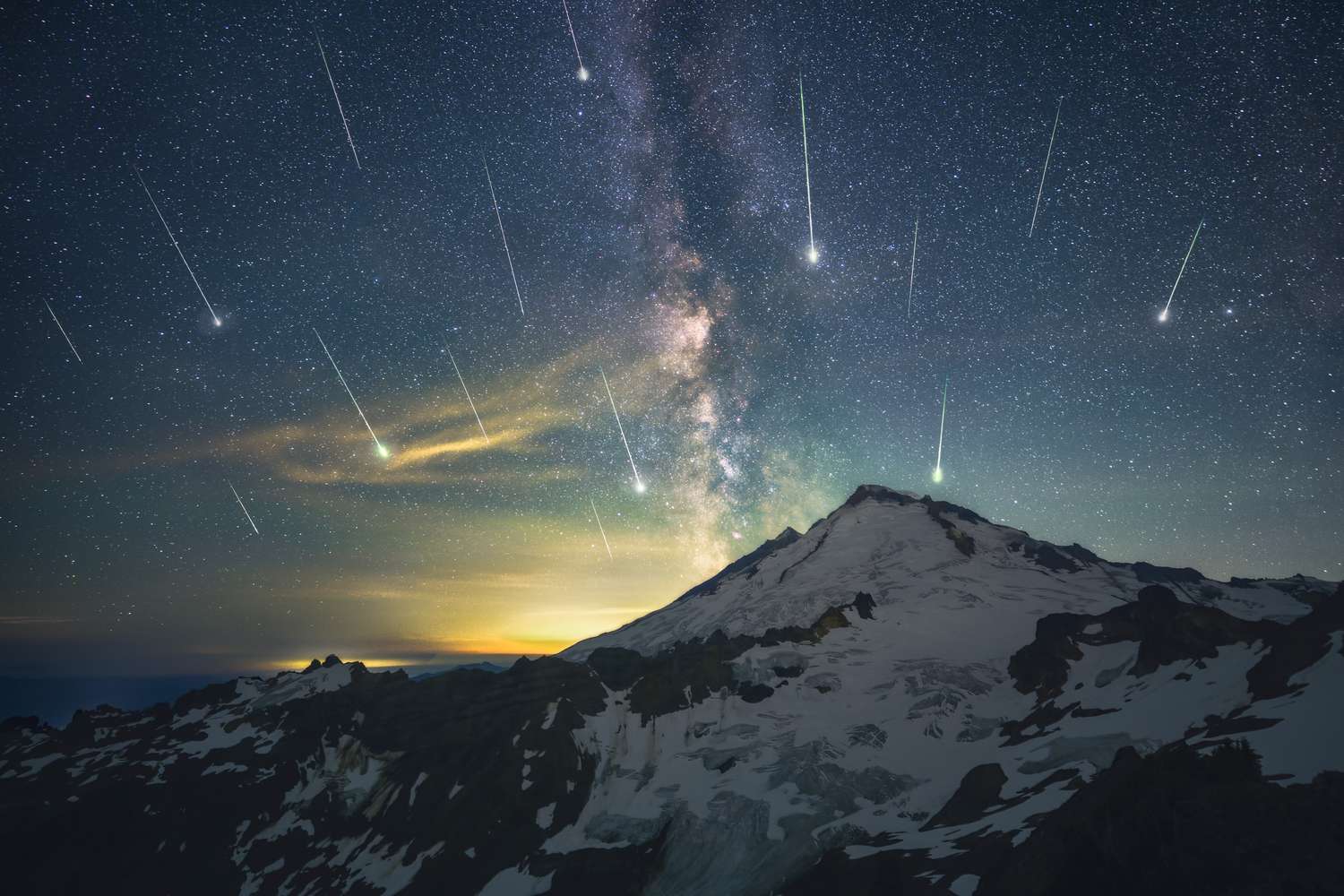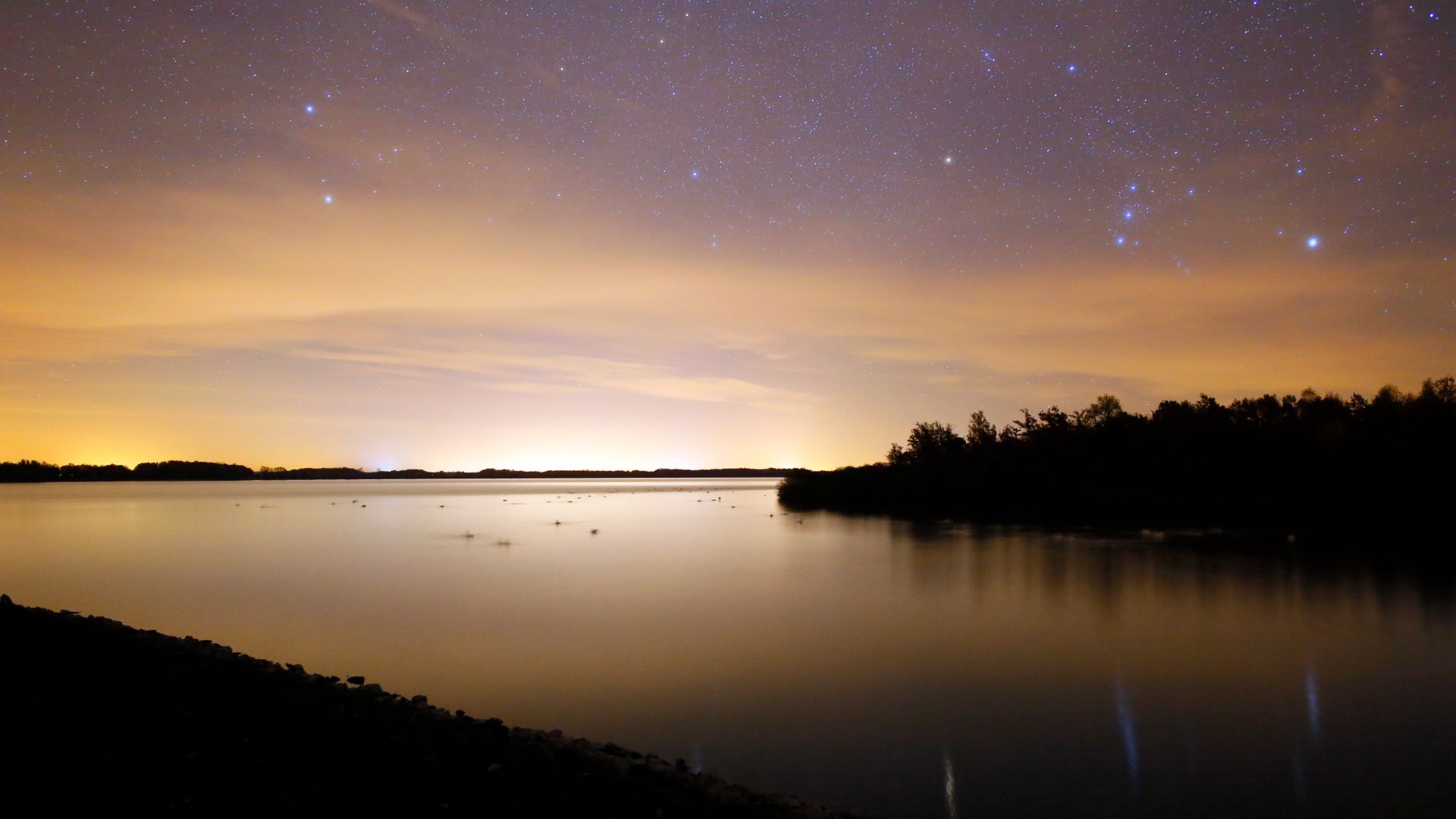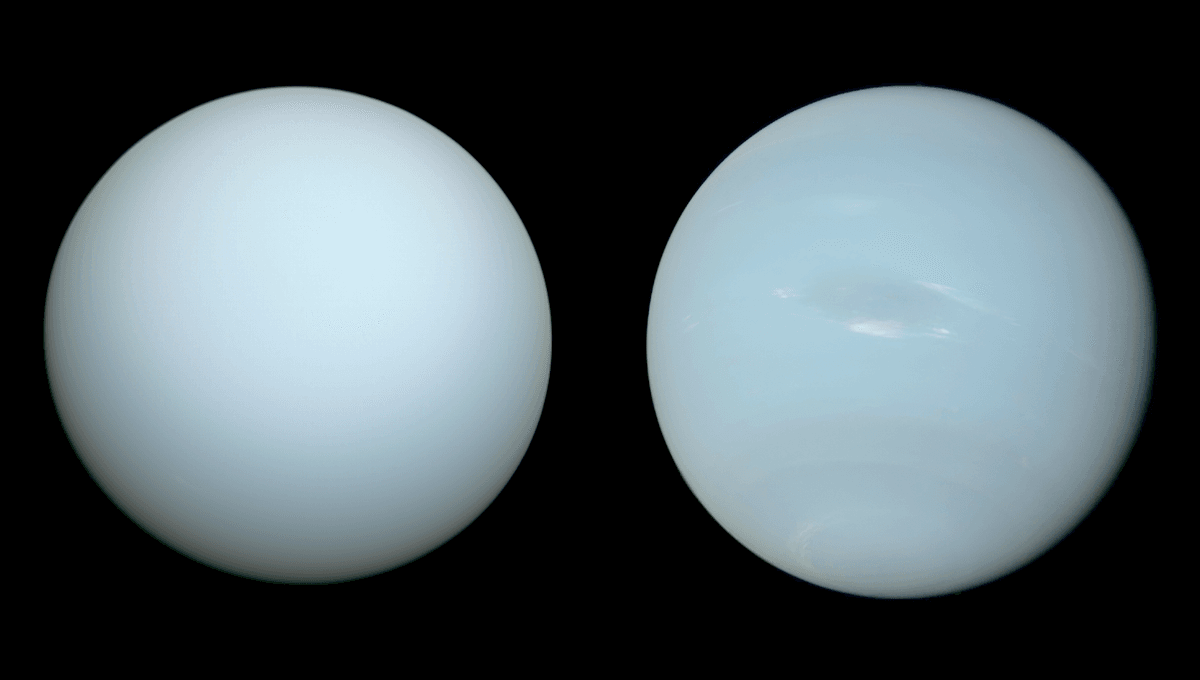This request seems a bit unusual, so we need to confirm that you’re human. Please press and hold the button until it turns completely green. Thank you for your cooperation!
Category: 7. Science
-
Just a moment…
Just a moment… -
Just a moment…
Just a moment… This request seems a bit unusual, so we need to confirm that you’re human. Please press and hold the button until it turns completely green. Thank you for your cooperation!
Continue Reading
-
EPFL develops hydrogel AM method for dense metal parts – Metal Additive Manufacturing magazine
- EPFL develops hydrogel AM method for dense metal parts Metal Additive Manufacturing magazine
- Scientists Are Literally Growing Metal Popular Mechanics
- Scientists Found a 3D Printing Method to Make Metal 20x Stronger SciTechDaily
- New 3D printing…
Continue Reading
-

The Taurid Meteor Showers Will Reach Their Peak Next Month
Throughout October and into November, stargazers are in for a dazzling celestial display as the Taurid meteor showers ramp up activity.
The Taurids consist of the Southern Taurid and the Northern Taurid meteor showers. According to
Continue Reading
-

Researchers within CEAT inform safer Mars drilling and sample collection
Tuesday, October 14, 2025
Media Contact:
Desa James | Communications Coordinator | 405-744-2669 | desa.james@okstate.edu…
Continue Reading
-

Autumn 2025 Skywatching sights — 8 targets to see in the night sky
Autumn has draped itself across the northern hemisphere, heralding the onset of longer, darker nights that serve as the perfect backdrop for amateur astronomers looking to explore the wonders of the night sky.
Our sky is constantly changing as…
Continue Reading
-

Arab Scholars May Have Noted the Supernovae of 1006 and 1181
A new study finds possible references to two classic supernovae in ancient texts.
It’s great to see old astronomical observations come to light. Not only can these confirm or refute what’s known about historic astronomical events,…
Continue Reading
-
Just a moment…
Just a moment… This request seems a bit unusual, so we need to confirm that you’re human. Please press and hold the button until it turns completely green. Thank you for your cooperation!
Continue Reading
-

What If Uranus And Neptune Are Not “Ice Giants” After All?
Uranus and Neptune are the two furthest planets in the Solar System and have been visited only once by human spacecraft – by Voyager 2 over 30 years ago – so there is a lot about them that we do not know. One thing we thought we knew,…
Continue Reading
